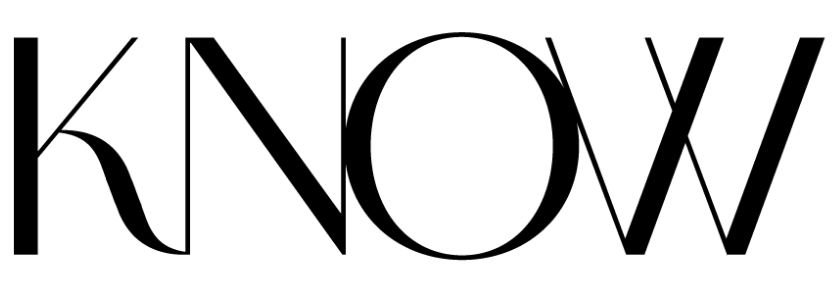
Lori Harris | Harris Whitesell Consulting LLC | KNOW Raleigh

How aware are you, as a leader, of the perceived credibility of your leadership with team, employees, partners, and customers? Are you willing to commit to radical responsibility? As a leader, do you spend time in self-mastery, defining and refining the best you have to offer each day? Are you cognitive and intentional about your communications so that employee perception is aligned to your true self as a leader? Are you doing your best each day to keep in balance key resources so that there is excellence in your organization’s products and services? Are you able to uphold and deliver at any given moment the vision of the organization with consistency and pride?
We all have worked in organizations where employee morale is low, there is limited collaboration amongst employees and teams, lack of pride in work accomplished, unfair work practices and a significant lack of trust in leadership. And most likely, if these situations exist, there is financial loss occurring within the organization. These scenarios are evidence of a lack of credibility in the leadership of the organization.
Leaders are in a relations role, whereas their credibility can motivate, build, and develop people to become powerful resources to support and sustain the mission and vision of an organization. A leader who is perceived by their employees and team as credible offers understanding through storytelling, role modeling, competence and is a person of consistent high integrity. Leaders who are cognitive and intentional demonstrate key behaviors that afford them highly trusted relationships with their teams and employees. Great leaders are courageous, humble, and disciplined in their approach to uphold the vision and mission of the organization while realizing satisfaction and productivity of their workforce so that the organization’s goals are achieved.
There are four foundational principles that support how a leader builds credibility with the people who are critical to the organization’s vitality: self-mastery, integrity, communication, and competence. Within each principle, there are key behaviors that a leader will need to practice consistently and model to gain the trust of these important stakeholders, build a culture of greatness and uphold her or his perceived integrity both internally and externally. Leaders can use this leadership credibility checklist to identify key behaviors and areas for continuous self-mastery and improvement.
Leadership Credibility Checklist
Place a checkmark next to each behavior you are currently great at demonstrating and realizing positive experiences. Place a minus symbol next to those areas you are currently not demonstrating great behavior.
Self-Mastery
-
- I assume positive intent.
- I take time each day to set priorities.
- I schedule and commit to managing positive energy each day.
- I take time to fuel my mind by reading and listening to quality content.
- I spend time nurturing my body and spirit through movement and out door activity.
- I take time to be grateful and show appreciation each day.
- I strive to be my best each day.
- I am resilient.
- I am courageous.
- I am humble.
- I am disciplined.
- I take time at the end of each day to list tomorrow’s activities and tasks.
- I practice a daily assessment process.
- I am intentional in my thoughts, decisions and behaviors.
Integrity
-
- I follow through on my promises.
- I give people updates on the status and progress of decisions and action plans.
- I role model the expected behaviors of my organization.
- I am cognitive, fair and just in my decision-making.
- I practice the art of cognitive mitigation when engaged in negative situations or solving prioritized issues.
- I work hard to align what I say and what I do.
- My actions are consistent with the values of the company and my public actions.
Communications
-
- I articulate the company direction and plan.
- I practice active listening.
- I actively welcome questions.
- I actively respond to questions in a timely manner.
- I freely share information with people to help them do their work.
- I give people a clear idea of what is expected of them.
- I make an effort to talk informally with people every day.
- I regularly share information with people about our industry, operations and financials.
- I illustrate the meaning and help people understand how key communications relate to their purpose, role and work.
Competence
-
- I am aware of the abilities and capacity of people who work for my organization and department/workgroup.
- I assign and deploy resources to ensure the proper fit.
- I ensure that the people who work with me have challenging assignments and a manageable workload.
- I hold people accountable for the quality of their work.
- I let people do their jobs without micromanaging them.
- I make decisions in a timely manner.
- I openly and clearly share vision, mission, goals and objectives.
- I encourage people to collaborate and creatively identify ways to reach goals together.
- I ask meaningful and purposeful questions to motivate and empower people to do great work.
- I catch people doing good each day; I honor and recognize individuals when they are doing something good.
Once a leader completes the leadership credibility checklist, it is vital to share this list openly and honestly with key stakeholders to receive “feedforward.” Itis important to remain humble, disciplined, and courageous through this process. The feedforward will provide information to develop a system or plan of action for positive, lasting behavioral change that will result in higher credibility, respect, fairness, and trust.
Over time, continuous communications about developing integrity and trust will begin to shape the culture of the organization. Leaders will begin to realize a higher sense of pride and collaboration in the workplace and workforce, as well in their own positive attitude shift toward their daily work. The repetition of behavior based on integrity creates a sense of purpose, pride, reliability, and credibility.
Through demonstrating leadership credibility authentically, leaders will create the desired change that ignites the positive energy necessary for increased brand equity, higher productivity, stakeholder, and customer satisfaction and, ultimately, profitability. Leadership credibility is an authentic and trusted formula for company success.

More About Lori
Talent Management Executive providing world-class service in Organizational & Culture Effectiveness| Talent Optimization| Executive, Leadership & Team Development & Coaching | People Data Expert | Author & Thought Leader
